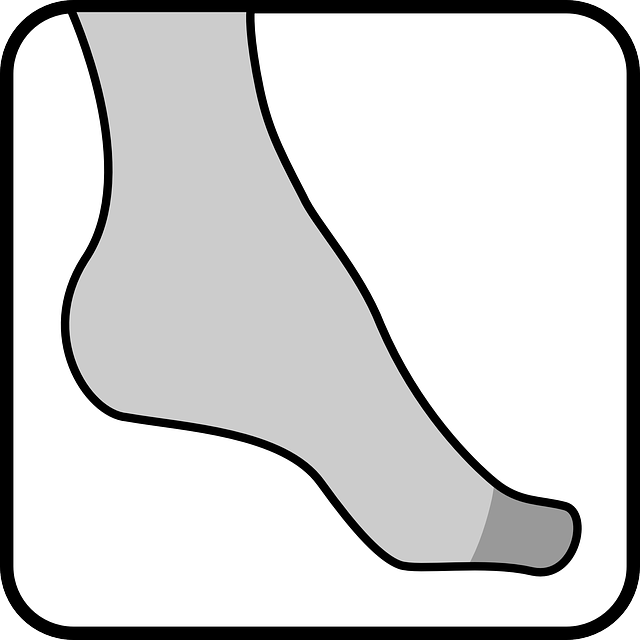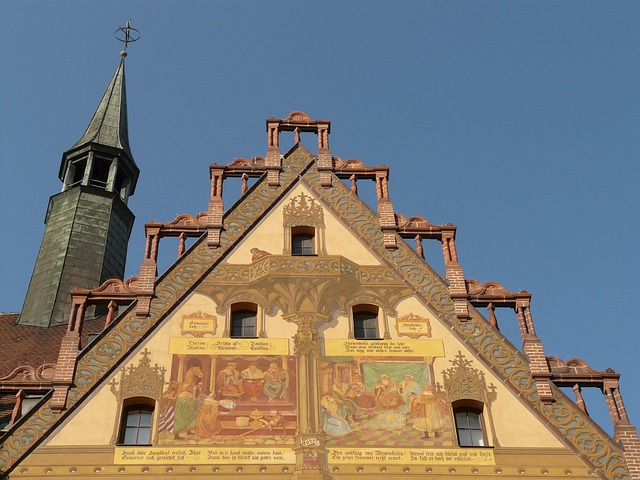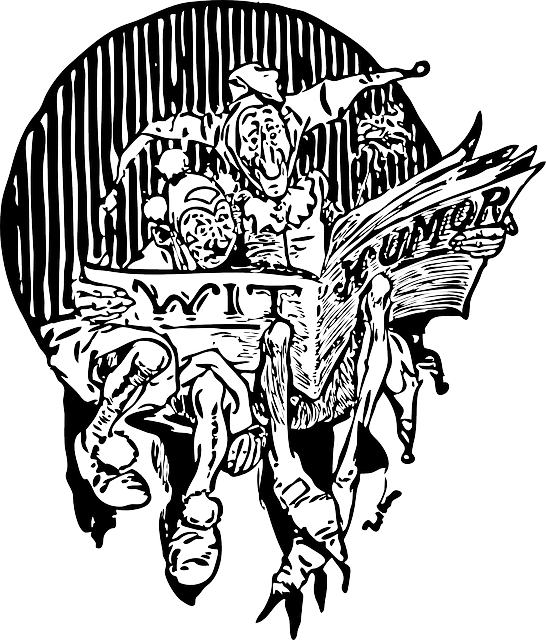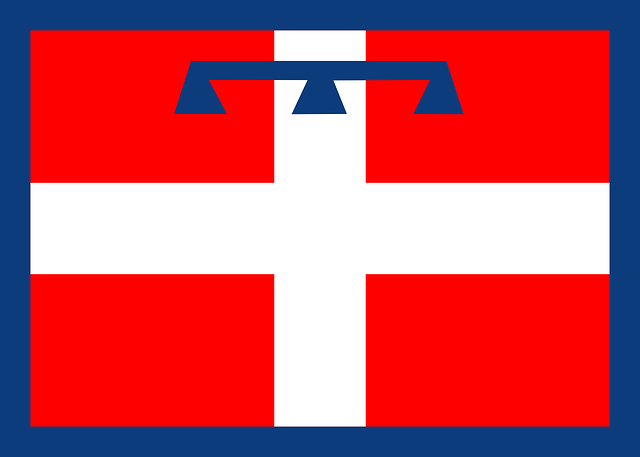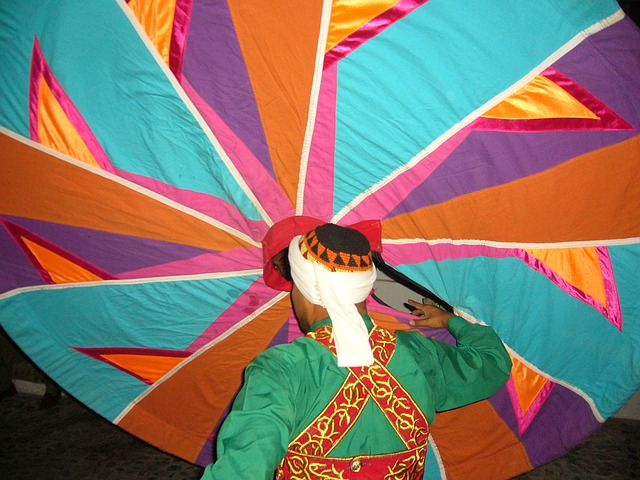مملكة المجر
|
مملكة المجر
الأسماء Regnum Hungariae (Latin)
Königreich Ungarn (الألمانية) Magyar Királyság (مجرية) | |||||||||||||
|---|---|---|---|---|---|---|---|---|---|---|---|---|---|
| |||||||||||||
Flag (1867-1918)
الدرع
| |||||||||||||
Motto: Regnum Mariae Patrona Hungariae "Kingdom of Mary, the Patron of Hungary" | |||||||||||||
النشيد: Himnusz Hymn النشيد الملكي God save, God protect Our Emperor, Our Country! | |||||||||||||
|
مملكة المجر (أخضر داكن) وكرواتيا-سلاڤونيا (أخضر فاتح) ضمن النمسا-المجر في 1914
| |||||||||||||
| العاصمة |
Budapest
العواصم التاريخية:
|
||||||||||||
| اللغات الشائعة |
اللغات الرسمية:
لغات أخرى: الپولندية، الرومانية، السلوڤاكية, الكرواتية، السلوڤينية، الصربية، الإيطالية، Ruthenian, Carpathian Romani, Yiddish |
||||||||||||
| الدين | Roman Catholic,الكالڤنية, اللوثرية, الأرثوذكسية الشرقية، الكاثوليكية الشرقية، Unitarianism, اليهودية | ||||||||||||
| الحكومة | ملكية | ||||||||||||
| العاهل | |||||||||||||
• 1000–1038 |
ستفان الأول (الأول) | ||||||||||||
• 1916–1918 |
Charles IV (الأخير) | ||||||||||||
• 1920–1944 |
Regent Miklós Horthy | ||||||||||||
| Palatine | |||||||||||||
• 1009–1038 |
Samuel Aba | ||||||||||||
• 1847–1848 |
Stephen Francis Victor | ||||||||||||
| رئيس الوزراء | |||||||||||||
• 1848 |
Lajos Batthyány | ||||||||||||
• 1945–1946 |
Zoltán Tildy | ||||||||||||
| التشريع | Diet (from the 1290s) | ||||||||||||
• الغرفة العليا
|
House of Magnates (1867–1918; 1926–1945) |
||||||||||||
• الغرفة الدنيا
|
House of Representatives (1867–1918; 1927–1945) |
||||||||||||
| الحقبة التاريخية | الألفية الثانية | ||||||||||||
• تتويج ستفان الأول |
25 ديسمبر 1000 | ||||||||||||
• الاحتلال العثماني لـبودا |
29 أغسطس 1541 | ||||||||||||
• الثورة المجرية |
15 مارس 1848 | ||||||||||||
• تسوية 1867 |
20 مارس 1867 | ||||||||||||
• معاهدة تريانون |
4 يونيو1920 | ||||||||||||
• إلغاء الملكية |
1 فبراير 1946 | ||||||||||||
| Area | |||||||||||||
| 1200 | 282,870 kم2 (109,220 ميل2) | ||||||||||||
| 1910 | 282,870 kم2 (109,220 ميل2) | ||||||||||||
| 1930 | 93,073 kم2 (35,936 ميل2) | ||||||||||||
| التعداد | |||||||||||||
• 1200 |
2000000 | ||||||||||||
• 1711 |
3000000 | ||||||||||||
• 1790 |
8000000 | ||||||||||||
• 1910 |
18264533 | ||||||||||||
• 1930 |
8688319 | ||||||||||||
| Currency |
|
||||||||||||
| |||||||||||||
| Today part of |
|
||||||||||||
| |||||||||||||
مملكة المجر كانت ملكية في وسط أوروپا that existed from the Middle Ages into the twentieth century (1000–1946 with the exception of 1918–1920). The Principality of Hungary emerged as a Christian kingdom upon the coronation of the first king Stephen I at Esztergom in about the year 1000; his family (the Árpád dynasty) led the monarchy for 300 years. By the 12th century, the kingdom became a European middle power within the Western world.
Due to the Ottoman occupation of the central and southern territories of Hungary in the 16th century, the country was partitioned into three parts: the Habsburg Royal Hungary, Ottoman Hungary and the semi-independent Principality of Transylvania. The House of Habsburg held the Hungarian throne after the Battle of Mohács until 1918 and also played a key role in the liberation wars against the Ottoman Empire.
From 1867 territories connected to the Hungarian crown were incorporated into Austria-Hungary under the name of Lands of the Crown of Saint Stephen. The monarchy ended with the deposition of the last king Charles IV in 1918, after which Hungary became a republic. The kingdom was nominally restored during the "Regency" of 1920–46, ending with the Soviet occupation in 1946.
The Kingdom of Hungary was a multiethnic state from its inception until the Treaty of Trianon and it covered what is today Hungary, Poland, Slovakia, Transylvania and other parts of what is now Romania, Carpathian Ruthenia (now part of Ukraine), Vojvodina (now part of Serbia), Burgenland (now part of Austria), and other smaller territories surrounding present-day Hungary's borders. From 1102 it also included Croatia, being in personal union with it, united under the King of Hungary.
Today, the feast day of the first king Stephen I (20 August) is a national holiday in Hungary, commemorating the foundation of the state (Foundation Day).
الأسماء
The Latin forms Regnum Hungariae or Ungarie (Regnum meaning kingdom); Regnum Marianum (Kingdom of Mary); or simply Hungaria, were the names used in official documents in Latin from the beginning of the kingdom to the 1840s.
The German name Königreich Ungarn was used officially from 1784 to 1790 and again between 1849 and the 1860s.
The Hungarian name (Magyar Királyság) was used in the 1840s, and then again from the 1860s to 1946. The non-official Hungarian name of the kingdom was Magyarország, which is still the colloquial, and also the official name of Hungary.
The names in the other native languages of the kingdom were: بالپولندية: Królestwo Węgier, بالرومانية: Regatul Ungariei, بالصربية: Kraljevina Ugarska, بالكرواتية: Kraljevina Ugarska, بالسلوڤينية: Kraljevina Ogrska, بالسلوڤاكية: Uhorské kráľovstvo, and Italian (for the city of Fiume), Regno d'Ungheria.
In Austria-Hungary (1867–1918), the unofficial name Transleithania was sometimes used to denote the regions of the Kingdom of Hungary. Officially, the term Lands of the Crown of Saint Stephen was included for the Hungarian part of Austria-Hungary, although this term was also in use prior to that time.
الأصول
العواصم
| Name | Time period |
|---|---|
| Székesfehérvár | 1000–1543 |
| Esztergom | 1000–1256 |
| Buda | 1256–1315 |
| Temesvár | 1315–1323 |
| Visegrád | 1323–1408 |
| Buda | 1408–1485 |
| Vienna | 1485–1490 |
| Buda | 1490–1536 (1541) |
| Lippa (Eastern Hungarian Kingdom) | 1541–1542 |
| Gyulafehérvár (Eastern Hungarian Kingdom) | 1542–1570 |
| Pressburg | 1536–1784 |
| Buda | 1784–1849 |
| Debrecen | 1849 |
| Buda | 1849–1873 |
| Budapest | 1873–1944 |
| Debrecen | 1944 |
| Budapest | 1944–1946 |
العصور الوسطى
العصور الوسطى العليا
|
King Stephen I of Hungary
|
عصر سگسموند
Hunyadi family
العصر الحديث المبكر
المملكة المقسمة
The Kuruc age
عصر التنوير
الثورة المجرية 1848
النمسا-المجر (1867–1918)
انتنطقات (1918 to 1920)
Two short-lived republics
معاهدة تريانون (1920)
بين 1920 و1946
فترة ما بين الحربين
أثناء الحرب العالمية الثانية 1941–1945
انظر أيضاً
- Lands of the Crown of Saint Stephen
- List of Hungarian rulers
- Nobility in the Kingdom of Hungary
- Administrative divisions of the Kingdom of Hungary
- Demographics of the Kingdom of Hungary
- Comitatus (Kingdom of Hungary)
- Holy Crown of Hungary
- Coat of arms of Hungary
References
- ^ Adeleye, Gabriel G. (1999). World Dictionary of Foreign Expressions. Ed. Thomas J. Sienkewicz and James T. McDonough, Jr. Wauconda, IL: Bolchazy-Carducci Publishers, Inc. ISBN 0-86516-422-3.
- ^ The majority of Hungarian people became Christian in the 10th century. Hungary's first king, Saint Stephen I, took up المسيحية الغربية. Hungary remained solely Catholic until the Reformation took place during the 16th century and, as a result, اللوثرية ثم سريعاً بعد ذلك إلى الكالڤنية started to spread.
- ^ J. C. Russell, “Population in Europe 500-1500,” in The Fontana Economic History of Europe: The Middle Ages, ed. Carlo M. Cipolla (London: Collins/Fontana Books, 1972), p. 25.
- ^ Emil Valkovics:Demography of contemporary Hungarian society, 1996, p. 15
- ^ Kollega Tarsoly, István, ed. (1996). "Magyarország". Révai nagy lexikona (in Hungarian). Volume 21. Budapest: Hasonmás Kiadó. p. 572. ISBN .CS1 maint: unrecognized language (link)
- ^ Historical World Atlas. With the commendation of the Royal Geographical Society. Carthographia, Budapest, Hungary, 2005. ISBN 963-352-002-9
- ^ Élesztős László; et al., eds. (2004). "Magyarország". Révai új lexikona (in Hungarian). Volume 13. Budapest: Hasonmás Kiadó. pp. 882, 895. ISBN .CS1 maint: unrecognized language (link)
- ^ Kristó Gyula - Barta János - Gergely Jenő: Magyarország története előidőktől 2000-ig (History of Hungary from the prehistory to 2000), Pannonica Kiadó, Budapest, 2002, ISBN 963-9252-56-5, p. 687, pp. 37, pp. 113 ("Magyarország a 12. század második felére jelentős európai tényezővé, középhatalommá vált."/"By the 12th century Hungary became an important European constituent, became a middle power.", "A Nyugat részévé vált Magyarország.../Hungary became part of the West"), pp. 616–644
- ^ Stickel, Gerhard (1 January 2010). "National, regional and minority languages in Europe: contributions to the annual conference 2009 of EFNIL in Dublin". Peter Lang – via Google Books.
- ^ "Hungary - history - geography".
- ^ "Hungary: St. Stephen's Day - office Holidays".
- ^ Hintersteiner, Norbert (9 February 2017). "Naming and Thinking God in Europe Today: Theology in Global Dialogue". Rodopi – via Google Books.
- ^ "Magyarország geográfiai szótára".
- ^ Fundamental Law of Hungary (2012), Wikisource
- ^ Francis Tapon: The Hidden Europe: What Eastern Europeans Can Teach Us, Thomson Press India, 2012
- ^ Molnar, , p. 262
- ^ Richard C. Frucht, p. 359-360M1
Further reading
- Engel, Pál. The Realm of St Stephen: A History of Medieval Hungary, 895-1526. (2001).
- Frucht, Richard. Encyclopedia of Eastern Europe: From the Congress of Vienna to the Fall of Communism (2000) online edition
- Hoensch, Jörg K., and Kim Traynor. A History of Modern Hungary, 1867–1994 (1996) online edition
- Hanak, Peter et al. A History of Hungary (1994)
- Kontler, Laszlo. A History of Hungary (2006) excerpt and text search
- Molnár, Miklós, and Anna Magyar. A Concise History of Hungary (2001) excerpt and text search
- Palffy, Geza. The Kingdom of Hungary and the Habsburg Monarchy in the Sixteenth Century (East European Monographs, distributed by Columbia University Press, 2010) 406 pages; Covers the period after the battle of Mohacs in 1526 when the Kingdom of Hungary was partitioned in three, with one segment going to the Habsburgs.
External links
| مشاع الفهم فيه ميديا متعلقة بموضوع Kingdom of Hungary. |
- Hungary in the 1911 Encyclopædia Britannica
| التطور التاريخي للمجر | ||
|---|---|---|
| ← Principality of Hungary (896-1000) |
|
Royal Hungary → (1526–1571) Eastern Hungarian Kingdom → (1526–1571)
|
| Kingdom of Hungary | ||
نطقب:HUCountiesto1918
Coordinates:


